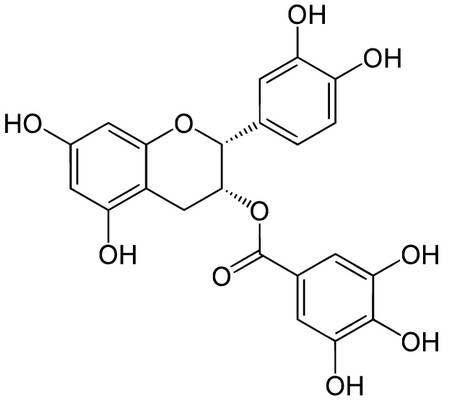Time for coffee and tea
Tea compound biotransformation
Tea Polyphenols
- Tea polyphenols
- Tea Antioxidants
- Polyphenol Biotransformation
- Catechin availability
- Cancer and Tea
- Tea and Cardiovascular Disease
- Tea and type II Diabetes
- Obesity and tea
- Tea prolongs Life
- Osteoporosis and tea
- Green Tea and Skin Cancer
- Green Tea and Breast Cancer
- Green Tea Prostate Cancer
- Green Tea and Lung Cancer
- Tea and Liver Cancer
- Tea and Gastrointestinal Cancer
The Biotransformation of Compounds Found in Tea
Tea is the second most consumed beverage in the world after water, and it has been a popular drink for at least fifty centuries. There are two main types of tea, black and green, these vary depending on the manufacturing process. Black teas are fermented, whereas green teas are not.
Although both of the tea types are rich in health giving chemicals such as antioxidants, the chemical make up of these health giving components differs greatly. The antioxidants in black tea tend to be rich in oxidised compounds such as theaflavin whereas green teas are rich in non-oxidised antioxidants such as catechins. Once these chemicals reach the body they undergo many changes; this is known as biotransformation. This section of the coffee and tea site takes a look into the biotransformation of tea compounds.
Biotransformation of Tea Compounds
Some of the biotransformation processes that tea catechins undergo in the body include methylation, sulphation, ring fission metabolism and glucuronidation. As discussed elsewhere in the site there are four main types of catechins EGC, EGCG, ECG and EC.

The Epicatechin gallate (ECG) molecule is a flavan-3-ol that is found in green tea. Image by Wikimedia.
The methylation of EGC leads to 4'-O-methyl-(-)-EGC whereas methylation of EGCG leads to either 4'-O-methyl-(-)-EGCG or 4',4'-O-dimethyl-(-)-EGCG. The main type of glucuronidation that occurs in the biotransformation of catechins in humans leads to the formation of EGCG-′'-glucuronide.
Once tea catechins have enter the gut they are able to go under a further biotransformation this leads first to the formation of ring fission products, and then to phenylpropionoic and phenylacetic acids.
Cabrera et al (2006). Beneficial effects of green tea - a review. J. Am. Coll. Nutr. 25: 79 to 99
Khan and Mukhtar (2007) Tea polyphenols for health promotion. Life Sciences 81: 519 to 533
Lambert and Yang (2003). Cancer chemopreventive activity and of tea and tea polyphenols. Mutatation Research 523 to524
Li et al (). Structural identification of two metabolites of catechins and their kinetics in human urine and blood after tea ingestion. Chemical Research in Toxicology 13: 177.